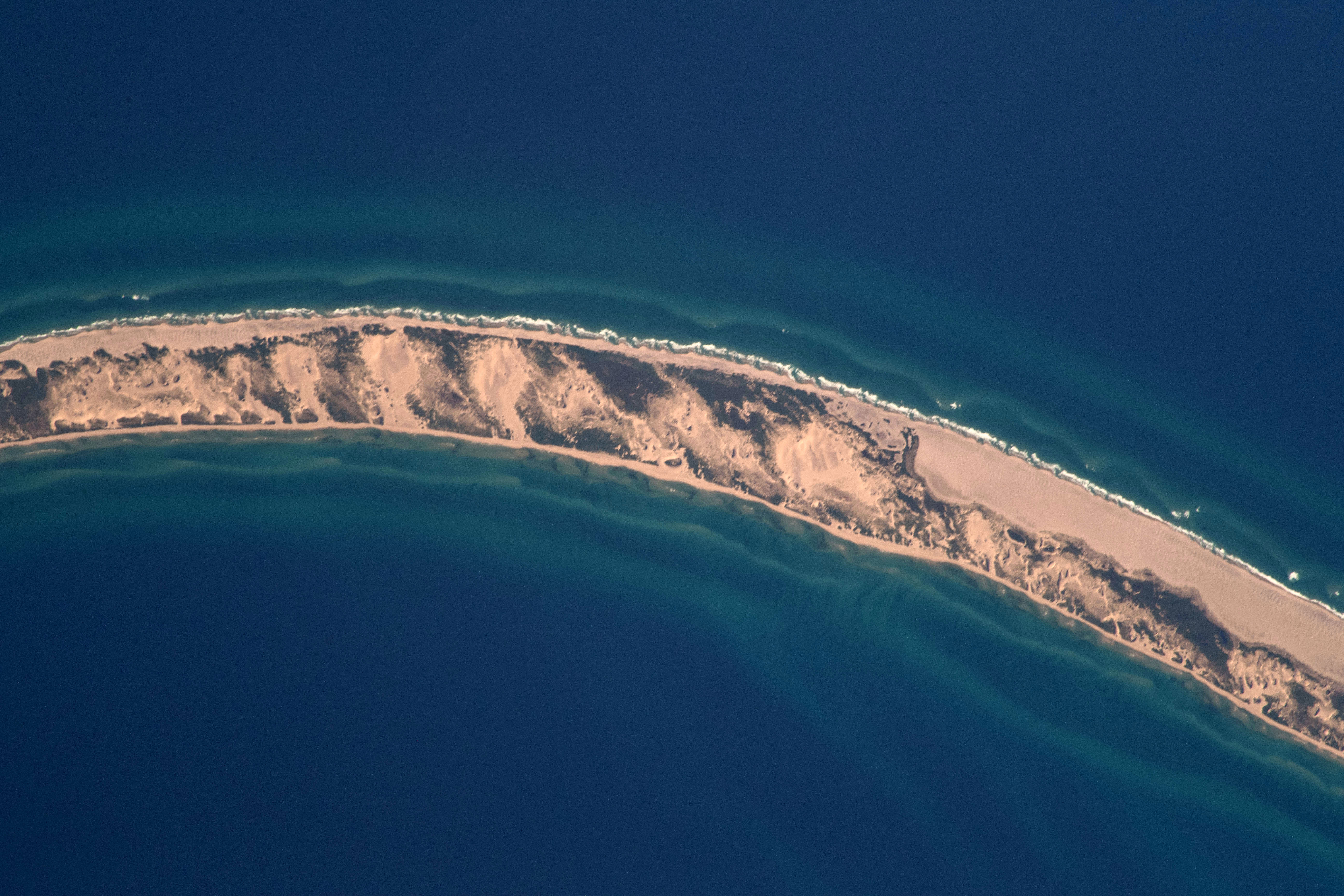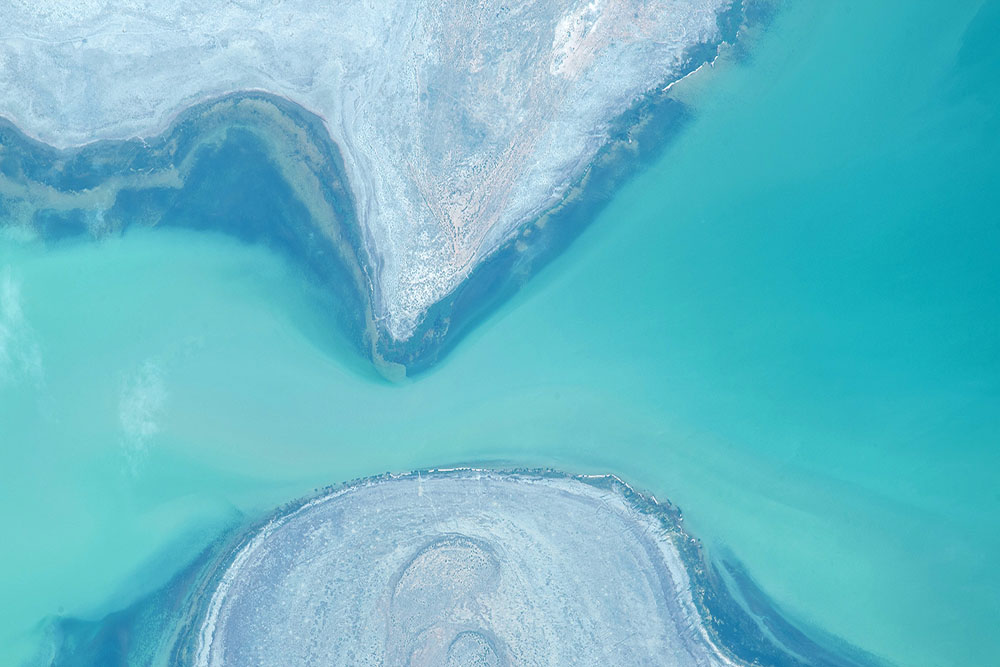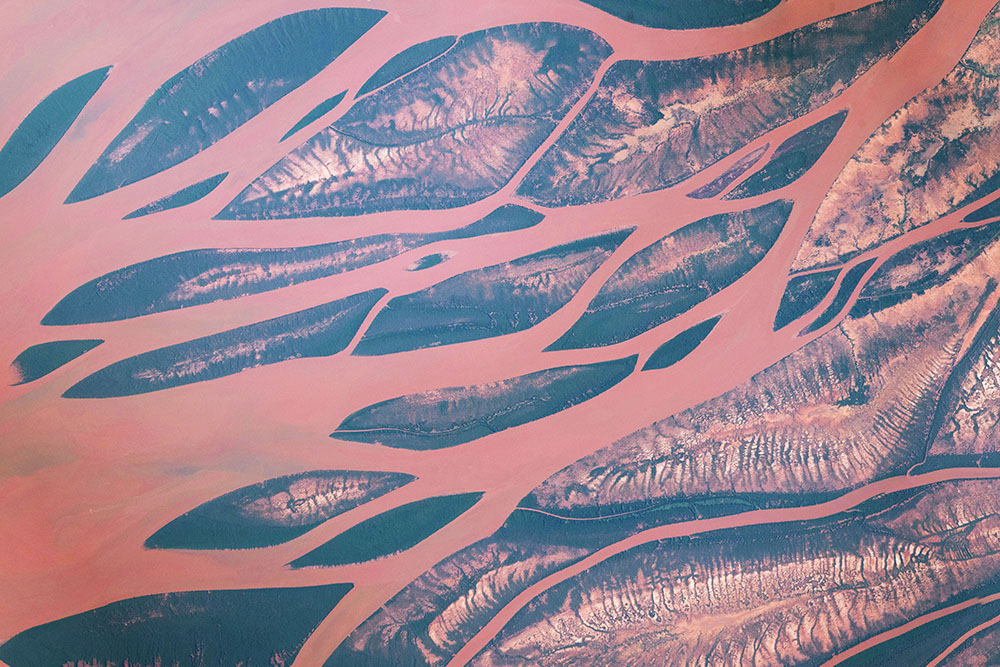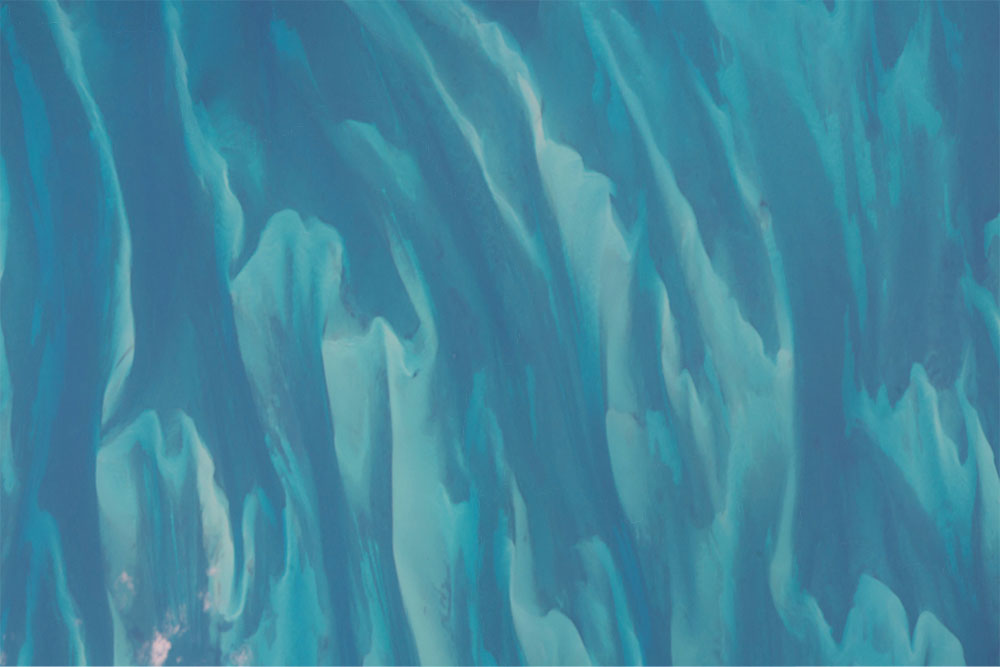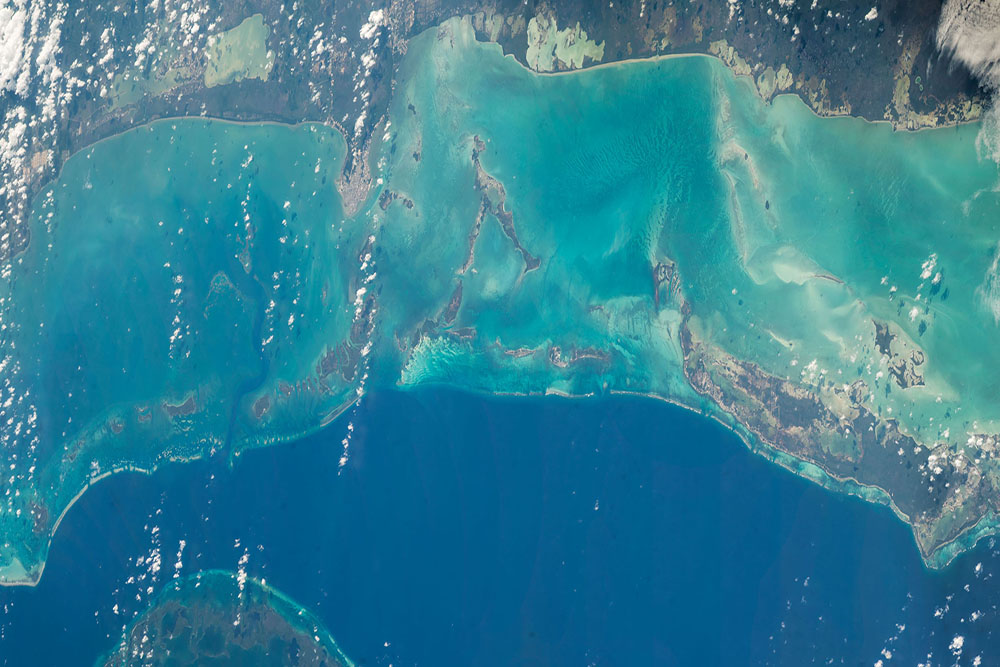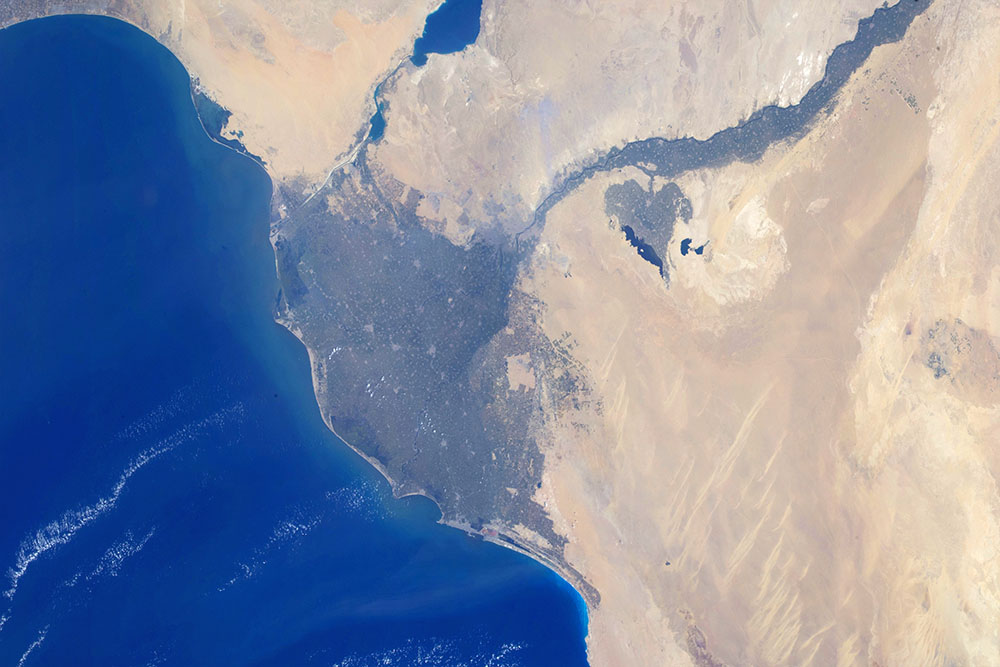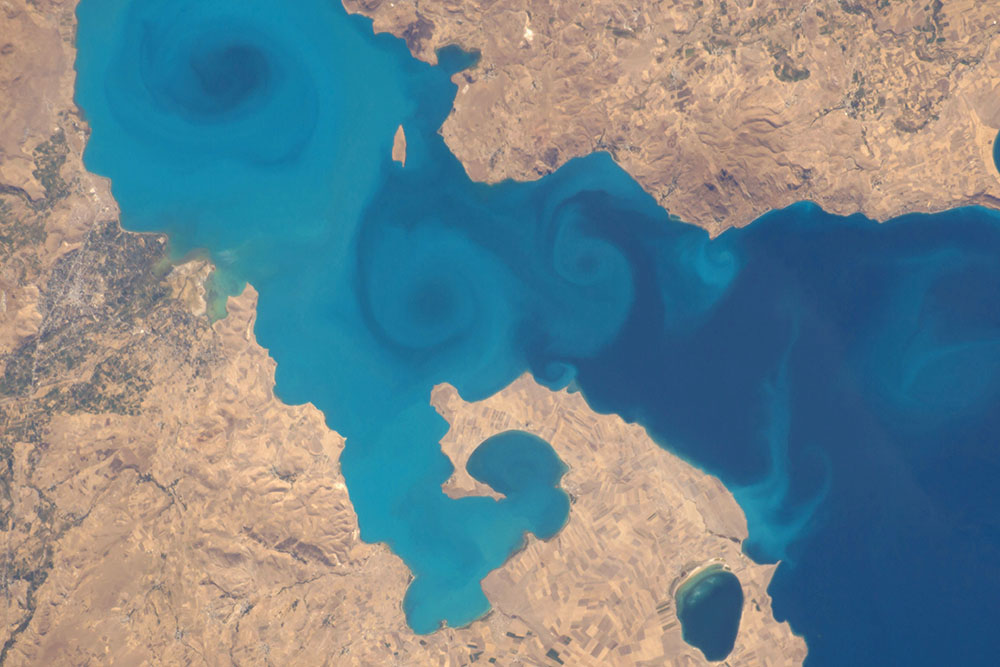Water
Sable Island is a small, remote sliver of land located ~186 mi (300 km) from Halifax, Nova Scotia in the Atlantic Ocean. The island is just over 26 mi (44km) long and is about 1 mi (1.6 km) across at its widest point. Sable Island National Park Reserve was founded on June 20, 2013 through Parks Canada. The island however, has been used as a permanent weather station since 1891. Sable Island is populated by very few humans (staff working at the Station) and is home to wild horses and grey seals. Over 350 recorded shipwrecks have occurred at Sable Island since 1583. Sable Island has naturally been a center point for shipwrecks over many centuries due to surrounding rich fishing waters, stormy weather patterns, and major ocean currents
The water levels of the Aral Sea are constantly changing with time. Though called a sea, this body of water is actually a large endorheic lake with no outflow of water. The Aral Sea has shrunk significantly since the 1960s due to two major source rivers being diverted for agriculture. Receding shorelines can be seen in this abstract, art-like image of the North Aral Sea. Click the following links to view additional imagery and read more about the Aral Sea over recent years: 1964-2000, 2000-2008, 2010-2011, 2014, 2017, 2018.
The Betsiboka River Delta empties into the Mozambique Channel at Bombetoka Bay in northwest Madagascar. The red and orange colored waters of the river are the result of sediment eroding from surrounding floodplains. High erosion rates of silt here are attributed to a century of deforestation of rainforests and coastal mangroves. Surrounding this river delta are coffee plantations, one of Madagascar’s many export crops. The Betsiboka River is susceptible to flooding when cyclones and tropical storms hit the island.
These blue tiger strips are actually made of sediment suspended the clear waters of the Bahamas. This composite image was taken south of Andros Island at the Great Bahama Bank. Carbonate sediment making the “stripes” in this image are moved around by turbid water. The waters are light blue in color due to shallow water depths. Read more here about the Bahamas here: Andros Island, Great Exuma Island, Long Island, Little Bahama Bank, Long Island, Cat Island
The Belize Barrier Reef encompasses much of Belize’s coastline along the Caribbean Sea. The Belize Barrier Reef is a section of the Mesoamerican Barrier Reef System, the second largest coral reef system on Earth. From above the water appears to be various shades of blue. Light blue-green colors here indicate shallow water depth and coral reefs below the surface while darker blues indicate much deeper water. The Belize Barrier Reef is made of numerous cayes, or keys, and atolls. The reef ecosystem is susceptible to damage from natural events such as El Niño weather patterns and hurricanes.
Read about the Ambergris Cay in this barrier reef system here.The Nile River flows north across the Libyan Desert until its delta meets the Mediterranean Sea. Cairo, the capitol of Egypt, is located at the apex of the Nile River Delta where vegetation fans out in contrast to the tan desert landscape. The Nile River is essential for life in Egypt, with 95% of the population living within 20 km of the river and its delta. Countries along the surrounding coastline include Egypt, Israel, Lebanon, and the Gaza Strip. The Mediterranean island of Cyprus is seen in the dual screen panoramic view.
Click here to to watch a time-lapse video featuring this Nile River Delta imagery.
Lake Van is Turkey’s largest lake and is also the largest soda lake on Earth, meaning it has high concentrations of carbonate species. Lake Van is an endorheic lake and has a high pH of 10 with high salinity levels. This region of Turkey is prone to natural disasters such as severe earthquakes, landslides, and flooding. Major earthquakes can occur in this seismically active region due to the convergence of the Eurasian and Arabian tectonic plates.
